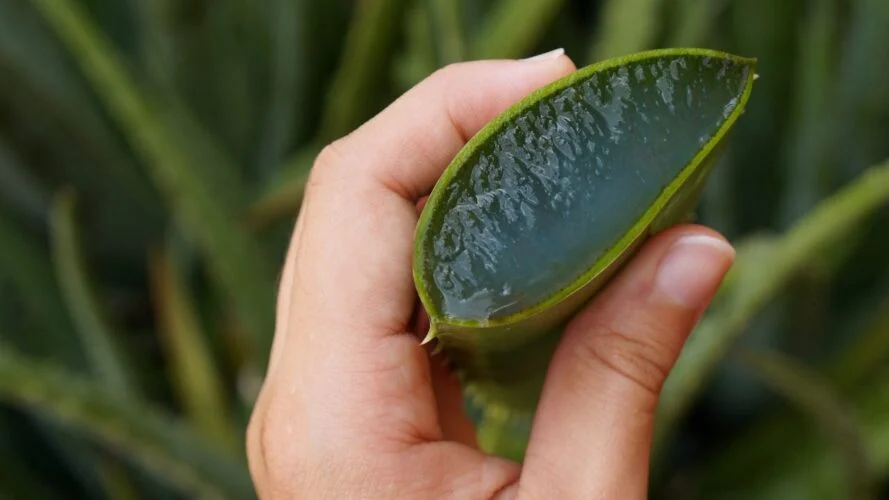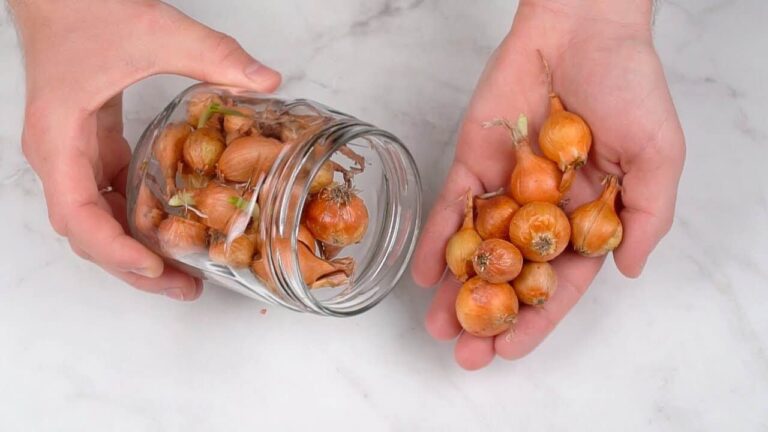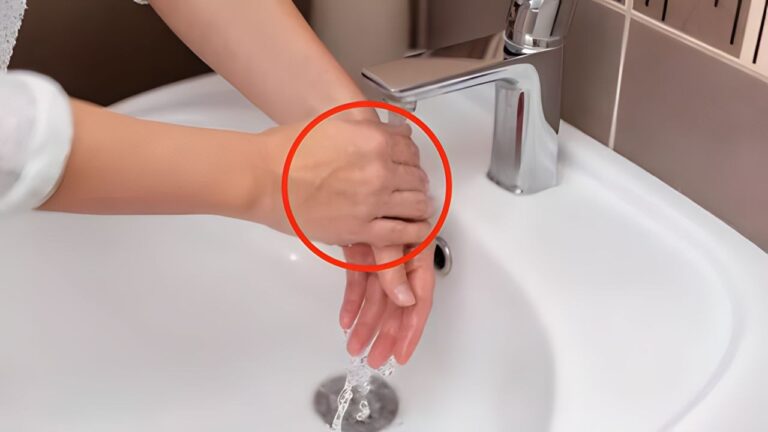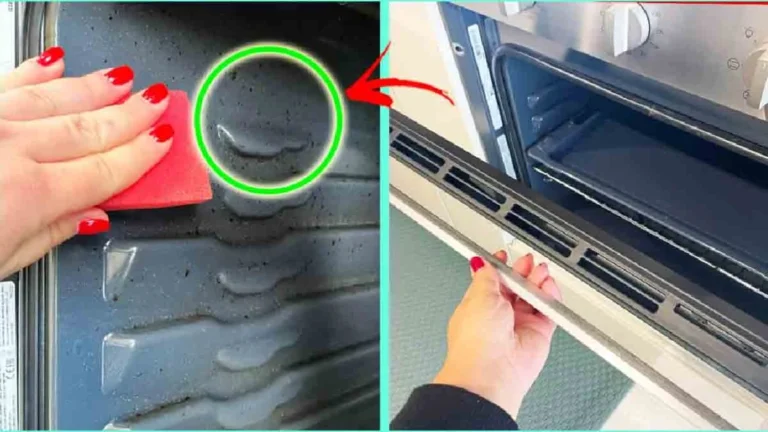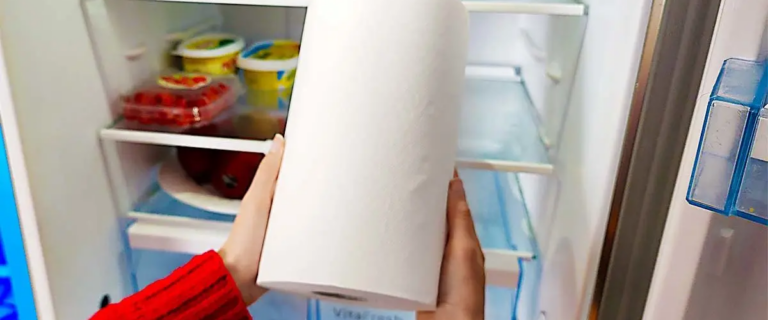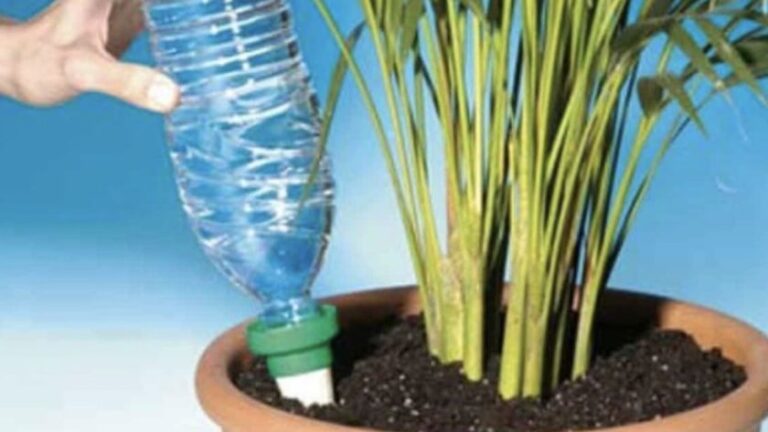How do you easily take an aloe vera cutting?
How do you easily take an aloe vera cutting?
We have aloe vera as a potted or indoor plant. In the apartment, the plant needs a warm place and full sun. Ideally, it should be a window facing south or southwest. If you have a conservatory, aloe feels at home here. In summer it is advisable to take the royal aloe outside to enjoy better lighting conditions, but at the latest when the first cool nights with falling temperatures arrive in September, bring the pot or container indoors. You can also place it in a warm and bright place during winter. Temperatures of at least 15 degrees in winter are ideal for heat-loving aloe vera.
The right soil for aloe vera
As a substrate, Aloe Vera prefers a soil poor in humus that provides sufficient nutrients. A high sand content is beneficial because the plant needs permeable soil. It does not tolerate excess water and does not tolerate constant humidity or stagnant water at all.
If you transplant your aloe, use, for example, cactus soil, which you can get in specialized stores. You can also mix potting soil with sand by adding one part sand, perlite, or granite to two parts soil. Add some carbonated lime. This blend offers everything aloe needs. Young aloe vera plants grow quickly with proper care. Transplant the plant every two or three years. Growth slows with age. Therefore, older specimens can remain in the same pot and substrate for up to four years.
Tips for transplanting aloe vera
Transplanting requires some skill, especially with large plants. The leaves are sensitive to pressure and if the plant is handled too roughly they may break. Prepare to transplant by letting the soil dry out first. Gently grasp the base of the plant and remove the root ball from the pot. Avoid putting pressure on the blades.
Choose a pot that is no more than two sizes high. This means that, for example, an aloe is transplanted from a 12 pot to a 16 pot. The hold wobbles a little in the new pot. Until the aloe takes root, it needs help so that it does not fall over under its own weight. This can be solved with two or three wooden stakes that hold the aloe in place and prevent it from tipping over.
Propagation and Sowing: Take aloe vera sprouts.
The easiest way to propagate aloe vera is through cuttings. They are small, almost complete plants that form the mother plant. Make sure the young plants are about 2 inches tall when you remove them from the mother plant. The children already have roots and are planted in a small pot, which you fill with the substrate described above. Allow some time between removing the mother plant and planting to allow the interface to dry.
Alternatively, cuttings are often successful. The best way to do this is to cut a leaf from an older plant in spring. Let the cut surface dry completely before inserting the cutting an inch or two deep into sandy soil. Secure the cutting with two wooden stakes to prevent it from falling over. Now we have to wait for the first roots to form. You can tell because the leaf continues to grow. As soon as the young plant has taken root in the pot, you can transplant it into a larger nursery pot.
You can also find aloe seeds for commercial planting here. You need a growing medium on which to spread the seeds. Water the seeds and place everything in a warm, bright place. Once the young shoots have grown into small plants, remove them from the growing medium and transplant them into individual cacti or succulent pots filled with potting soil. Make sure the substrate is not too wet; Small aloe plants will thank you with healthy growth.
Tips for watering and fertilizing aloe
When watering aloe, make sure that the rosette of leaves does not receive water. This encourages the development of rot and, in the worst case, can cause the total loss of the plant. As its natural location suggests, aloe requires little water. Due to the risk of rot, do not pour water from above over the root ball, but fill it in a saucer.
When it comes to fertilization, the following applies: less is more. Especially immediately after transplanting, the substrate has enough nutrients for a few weeks. When you begin fertilizing, add a commercial cactus fertilizer to the water every two to four weeks during the growing season, depending on the type of fertilizer used. Dosage according to the manufacturer’s instructions. Avoid fertilization completely in winter.
Aloe Vera: Typical diseases and pests
The main pests of aloe vera are the woolly aphid and the gray aphid. They appear mainly in winter. Typical diseases also include the consequences of excessive moisture, such as shoot and root rot.
